Please be aware: This post talks about the dark history of Cambodia, the Khmer Rouge genocide. It mentions acts of violence and brutality (with some photos taken during my visit) that some readers might find disturbing. If you are sensitive to such content, you may want to proceed with caution.
Cambodia is a country of stunning beauty, vibrant culture, and unfortunately, a troubled past. As a woman who’s called Cambodia home for many years now, I grapple with this duality constantly.
Take Choeung Ek, for instance. This seemingly peaceful commune, amidst rice paddies and palm trees, just about 15kilometers outside Phnom Penh, holds a horrifying secret. It’s the location of one of Cambodia’s infamous Killing Fields, the final stop for countless victims from the notorious S21 prison. (This is also another place I am not going to visit again.)
While I’ve been here for years, I’ve only visited Choeung Ek once, back in 2014. It wasn’t a place I sought out. Friends visiting from abroad expressed interest, and as a host, I felt obligated to take them despite my personal aversion to visiting sad places. Even as a resident, the prospect of visiting felt daunting. Even then, the experience stayed with me. The weight of cruelty and history hangs heavily in that place. A suffocating silence blankets the grounds, broken only by the rustle of leaves and occasional insects.
The towering stupa greets you as you enter; it is filled with the skulls of victims, a stark memorial to the estimated 17,000 people who were murdered and buried there. Every year, a Buddhist ceremony is held here, with monks offering prayers to honour these lost souls who met their end on these grounds.

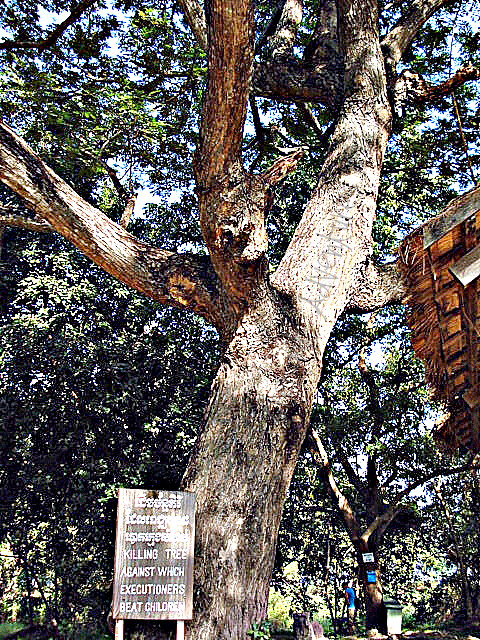
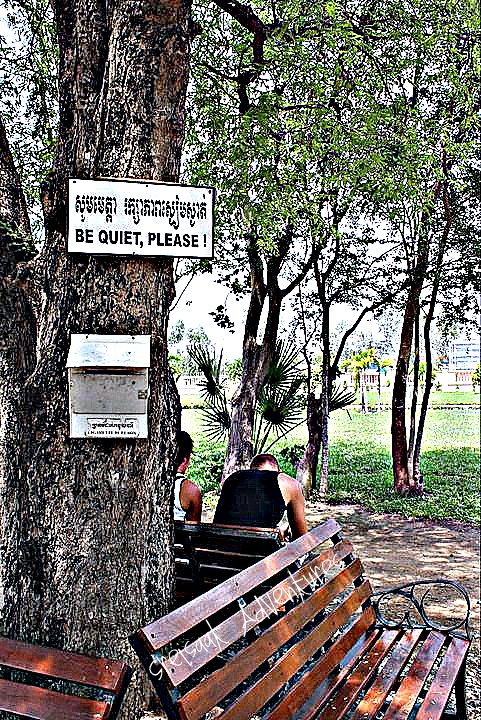
The signs scattered throughout the grounds served as constant, jarring reminders of the horrors that unfolded here. Mass graves filled with women and children, execution trees used to bludgeon babies – these reminders are impossible to ignore. As I walked the paths, a heavy feeling of despair washed over me. It’s hard not to imagine the fear and suffering that unfolded here, on the very ground I was walking on.
Visiting Choeung Ek was a deeply emotional experience. While I understand the importance of remembering the past and honouring the victims, it’s a place that leaves a mark. As a woman, the brutality inflicted on women and children resonates deeply. The screams and cries maybe long gone, but the memory of their suffering lingers. Honestly, I can’t imagine ever returning.
This is just one facet of life in Cambodia, a country forever marked by its turbulent history. It’s a place of contrasts, where breathtaking beauty coexists with the ghosts of the past. This part of Cambodian history is a constant presence in our daily life. Living in Cambodia has been a profound experience for me with all the reminders of the past we carry everyday, but, it also opened my eyes to the warmth, resilience, and spirit of a people determined to heal and move forward.
See other posts on My Corner of the World.
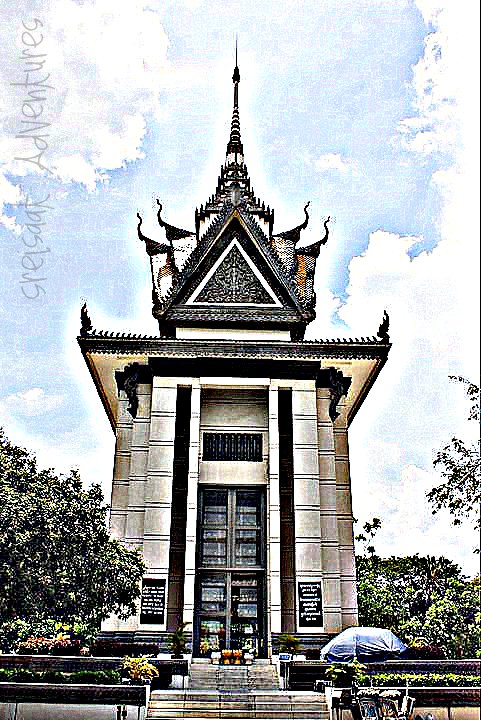
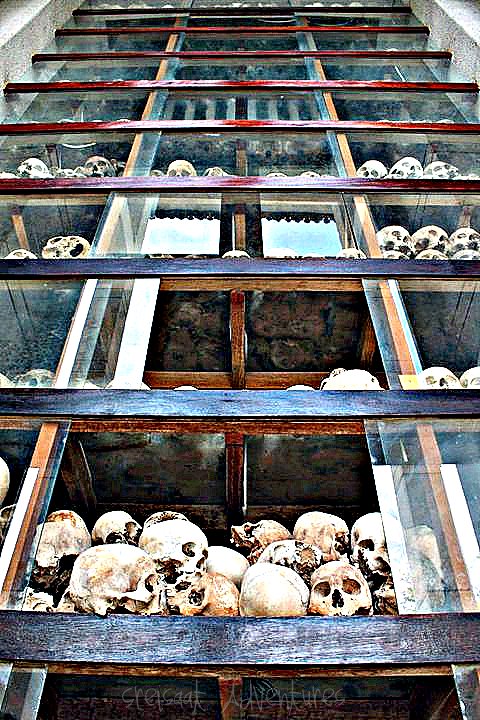
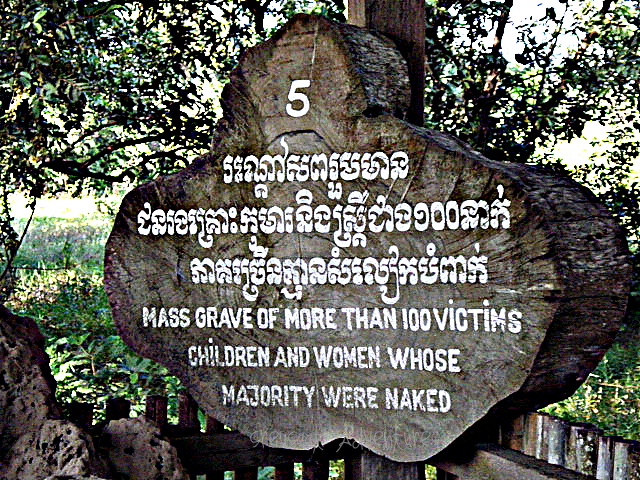
…our son taught English in Cambodia after he graduated from college. I was amazed by his stories.
That’s wonderful! Living and teaching in Cambodia must have been incredibly rewarding and personally enriching.
I must admit, this sad, brutal history may be one reason Cambodia was never on my must see list of countries. I’m glad to have you enlighten me of its other past and beauty.
I’m happy my post shed some light on Cambodia! Sure, the past is complex, but Cambodia’s present is vibrant and its future holds promise. While remembering history is crucial, I hope you also saw the beauty and potential waiting to be discovered. Maybe, one day, you will consider Cambodia on your travel list!
Heartwrenching.
It truly is. However, Cambodia is also a country of incredible resilience. Many Cambodians are working hard to build a brighter and better future.
It is one of the greatest tragedies of the twentieth century and also one of the greatest demonstrations of the stupidity and cruelty of which man is capable… And while it is of course necessary to remember and honour the victims, it is unlikely that this will prevent it from happening again in some other part of the world. We just have to read the news today…
You’re absolutely right, the Khmer Rouge genocide was a horrific event that should never be forgotten. It’s a stark reminder of the darkness humanity can descend into. While the past can’t be changed, remembering the victims and educating future generations is crucial. Maybe then, there’s a chance of preventing similar tragedies. You mentioned the news today – it’s a disheartening reality that conflicts and atrocities continue. But alongside the darkness, there are also stories of resilience and hope. Sharing stories like Cambodia’s, even the difficult ones, can spark important conversations and inspire action.
That was many dead heads
Amazing
Speechless realy. Unbelievable what people can do to other people.
It’s heartbreaking to read about Choeung Ek, but remembering these events is crucial. Your account honors the victims and highlights the resilience of the Cambodian people. The contrast between Cambodia’s beauty and its painful history is powerful.
I think having a memorial to honor the victims is so much better than trying to sweep the event under the rug or trying to justify it in some way.